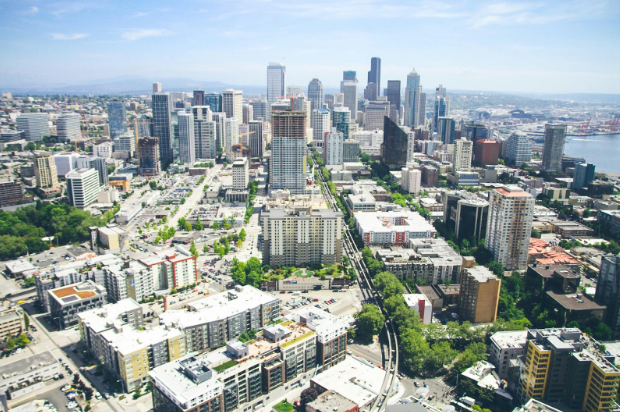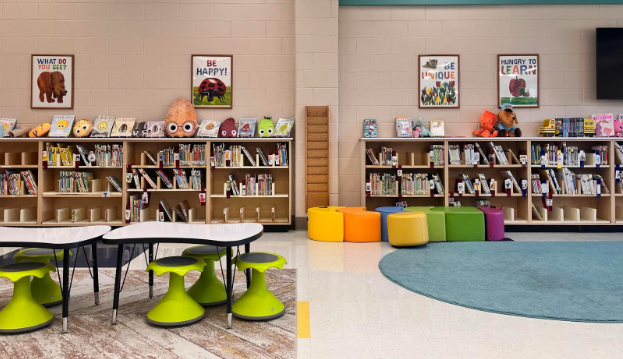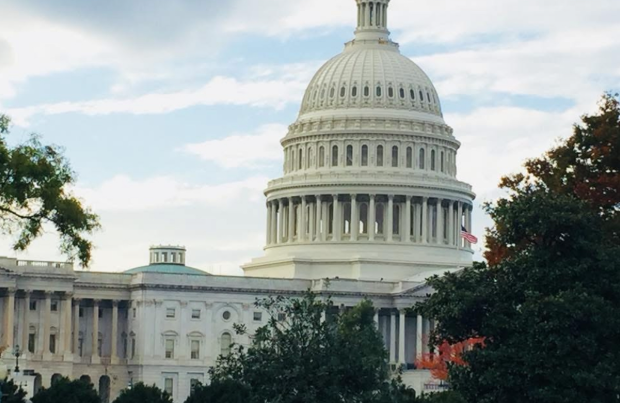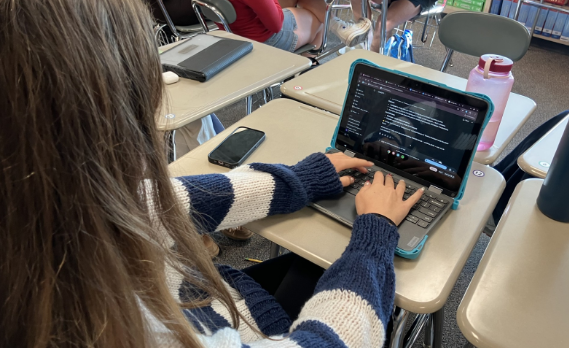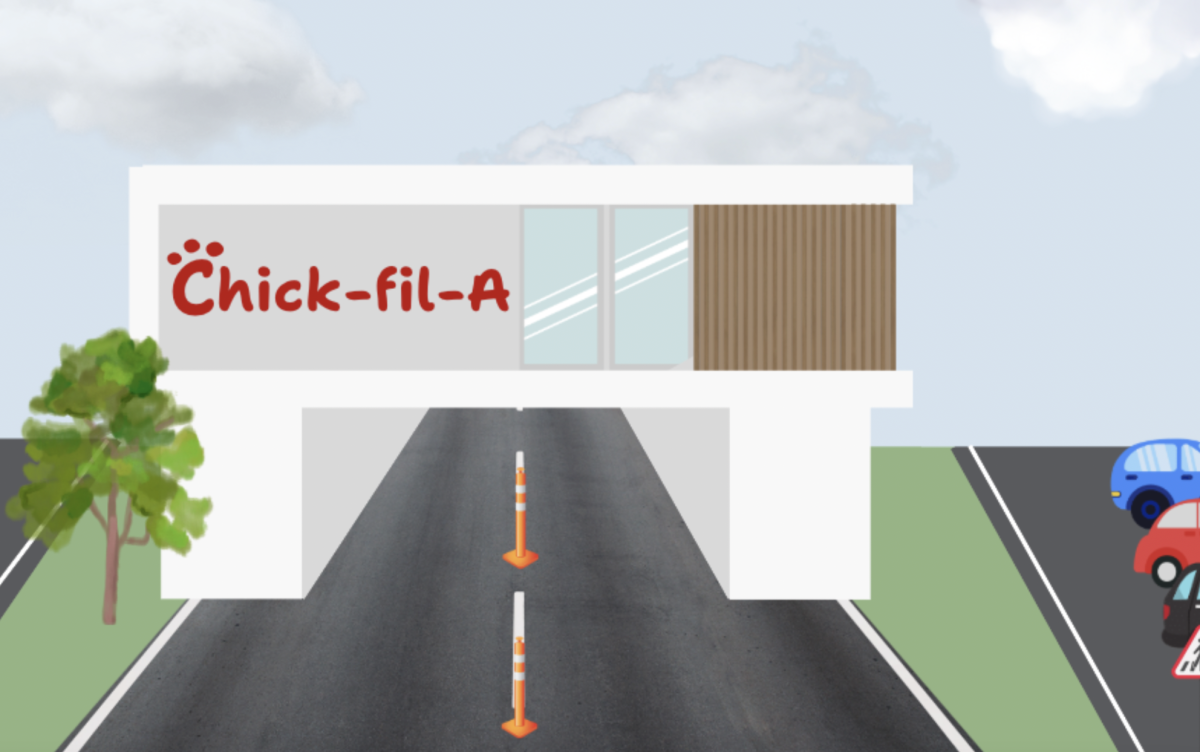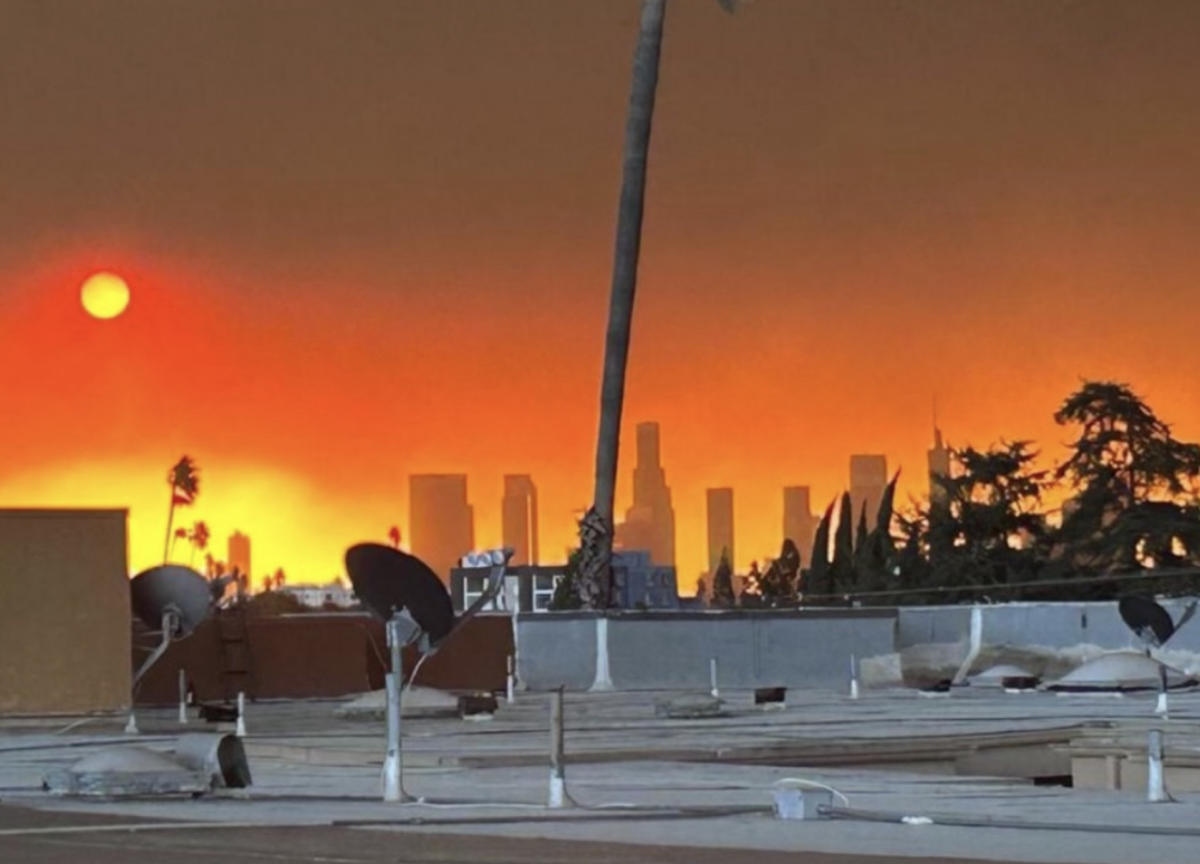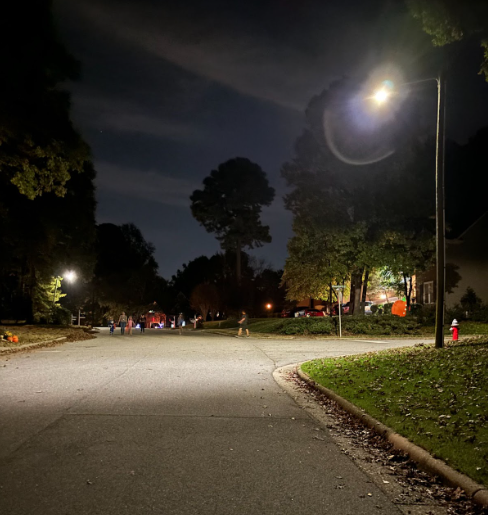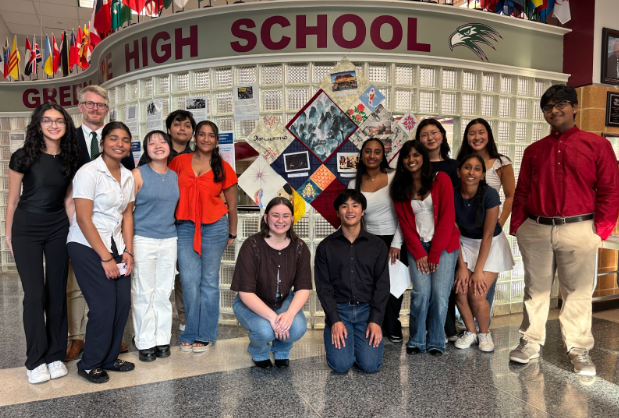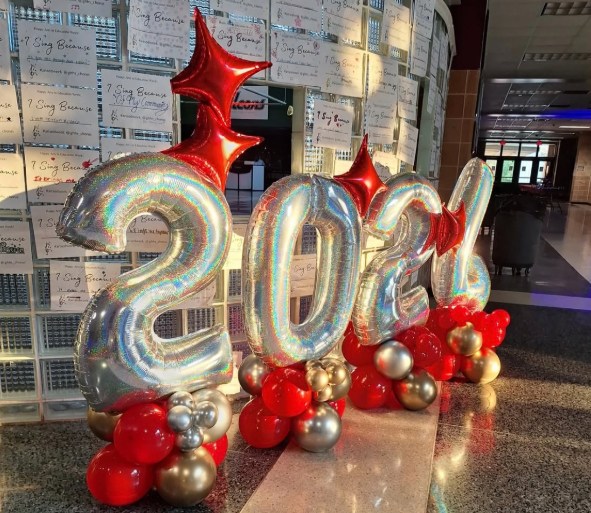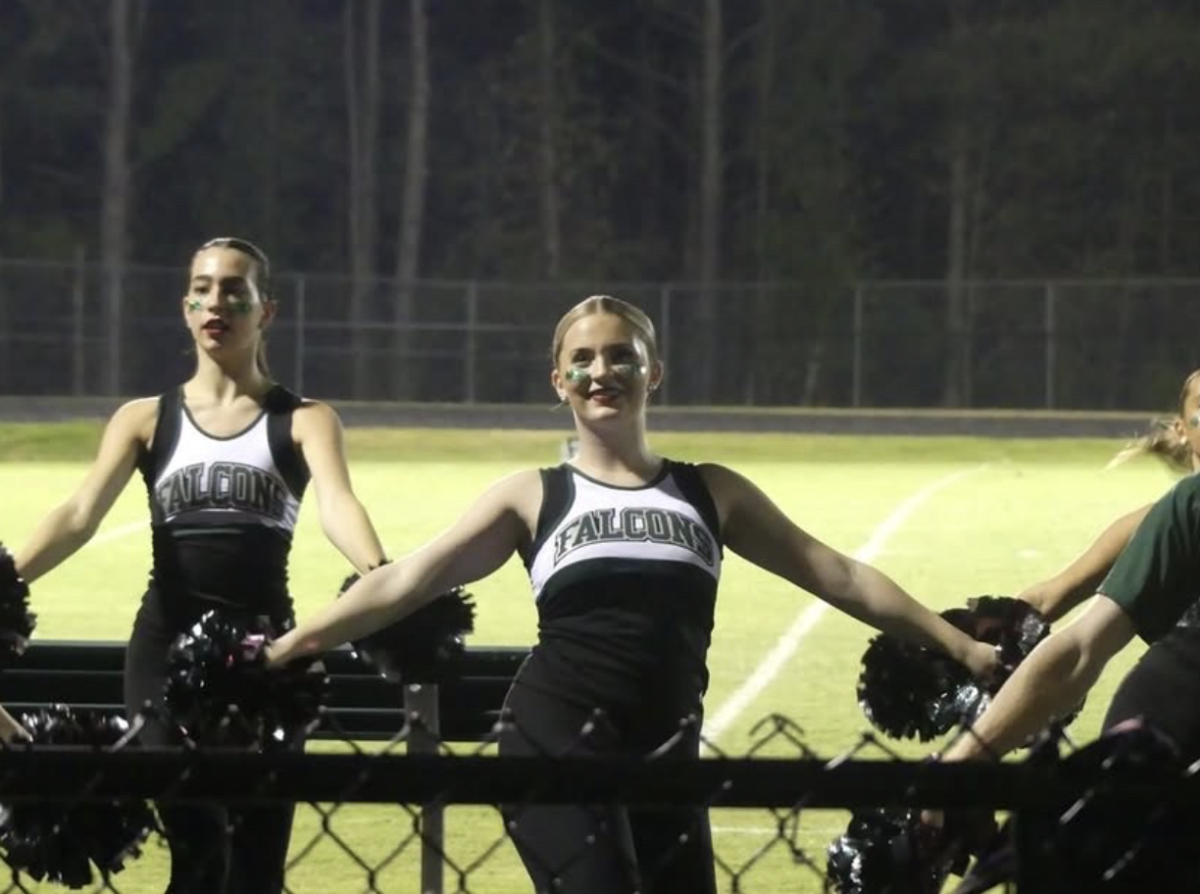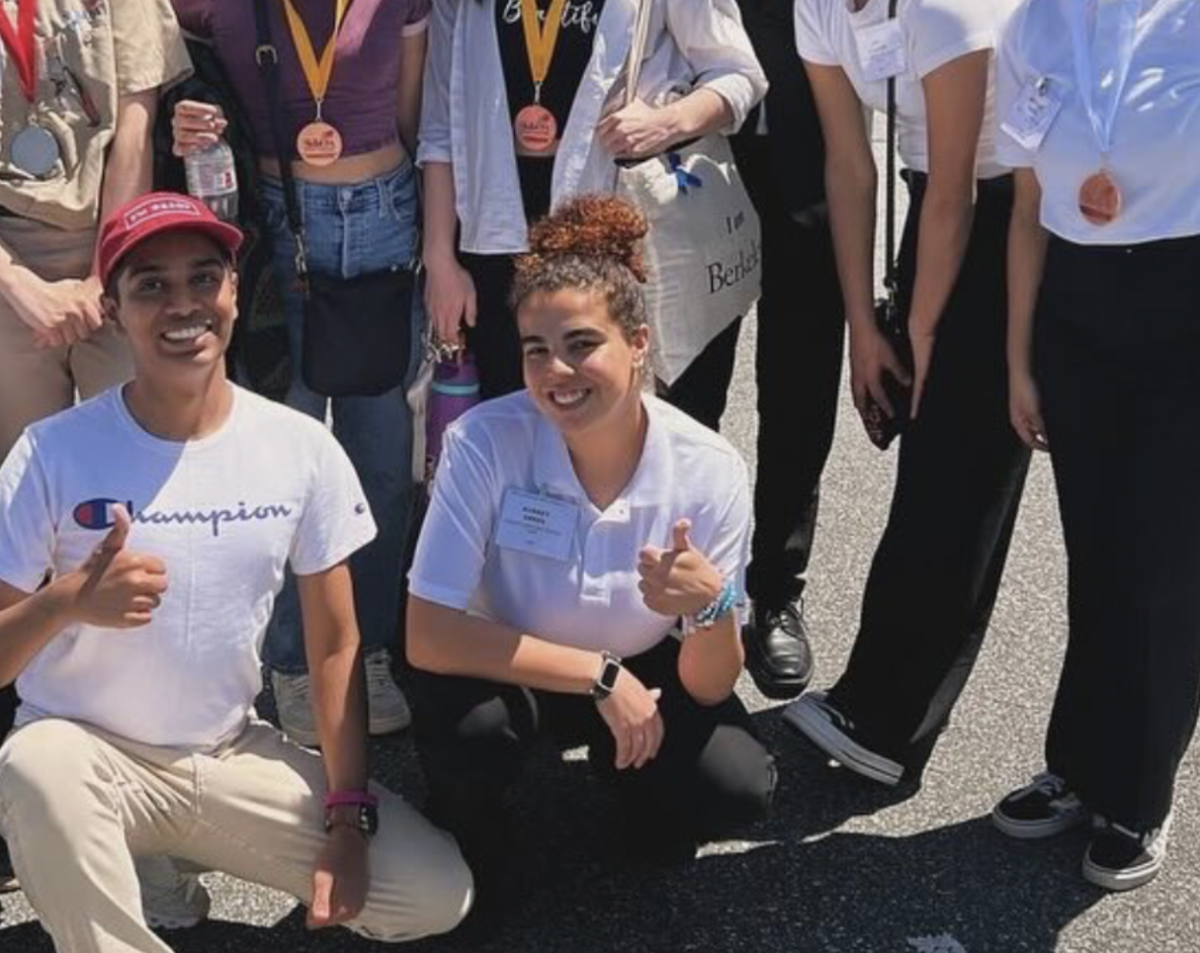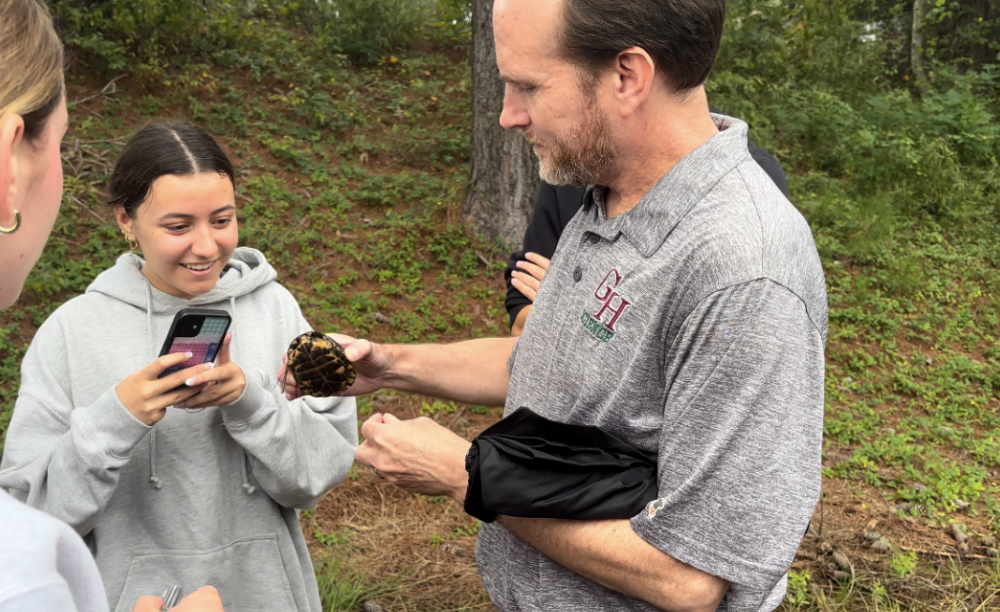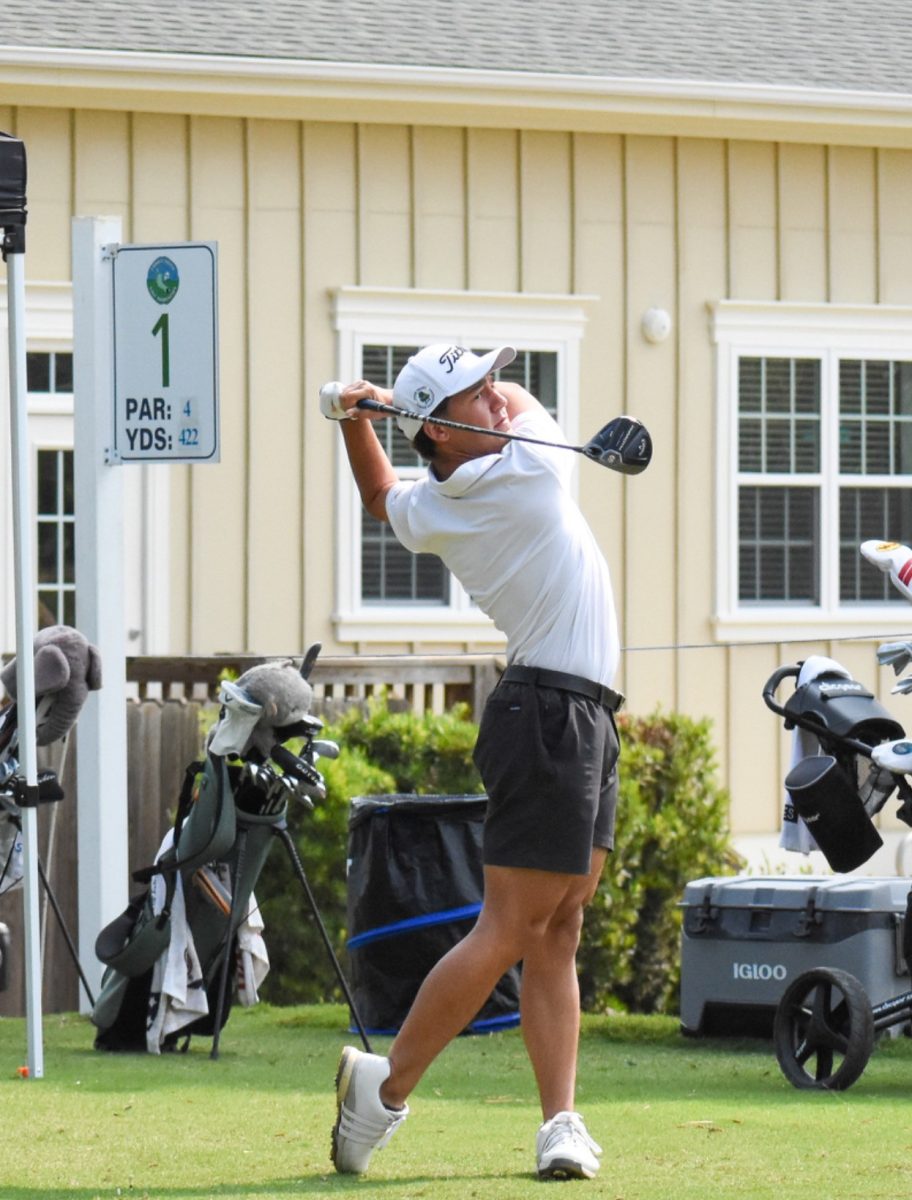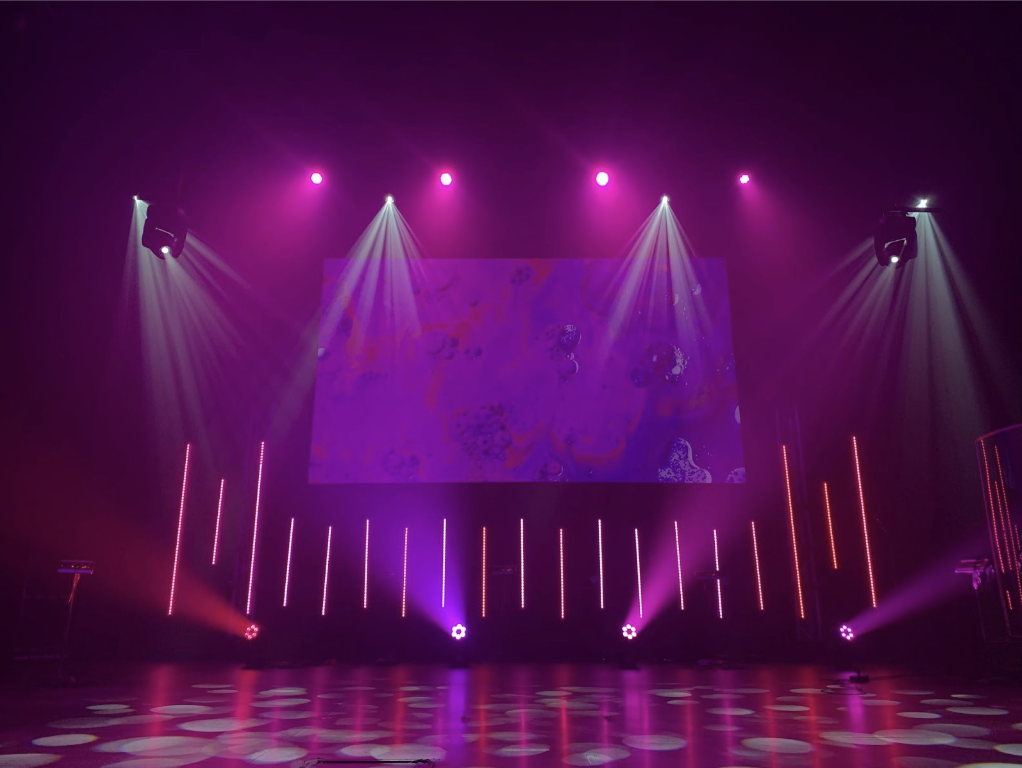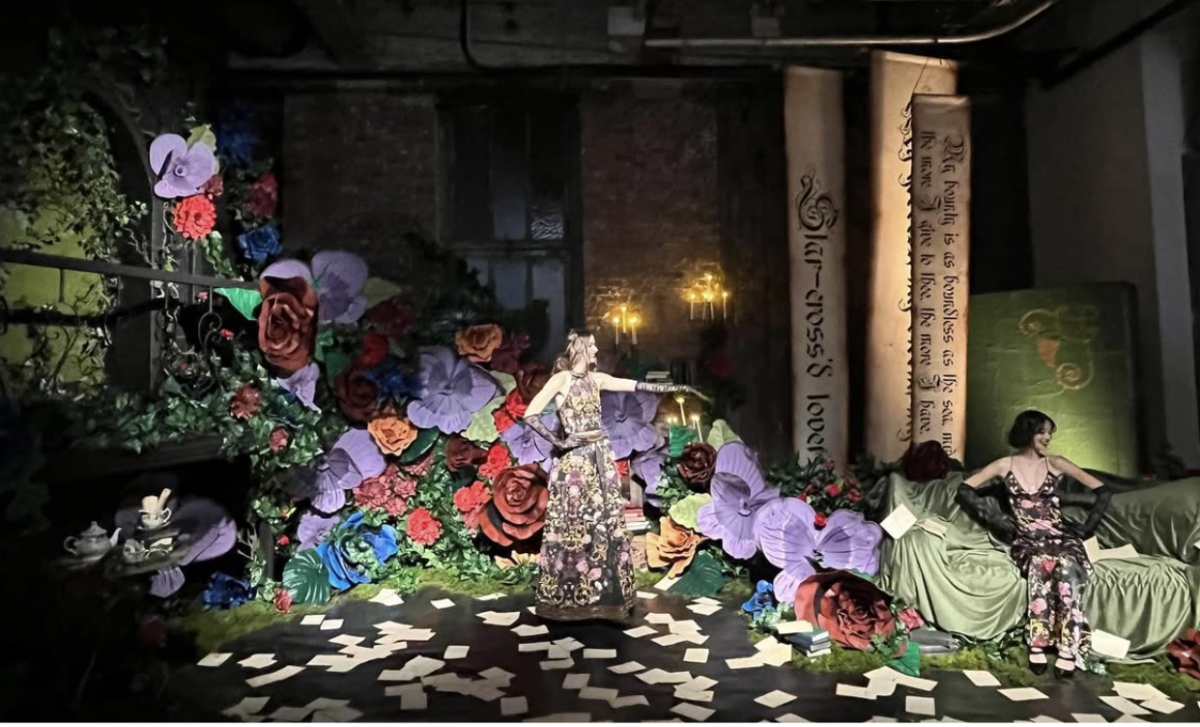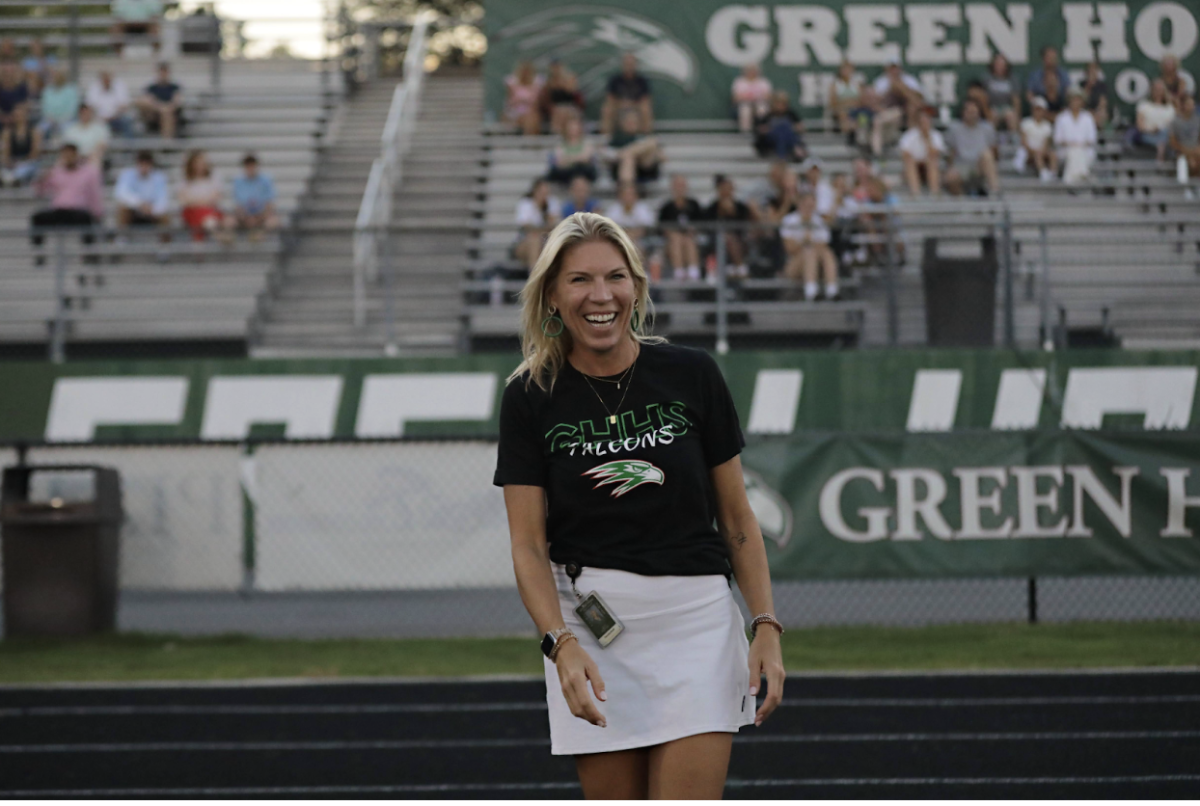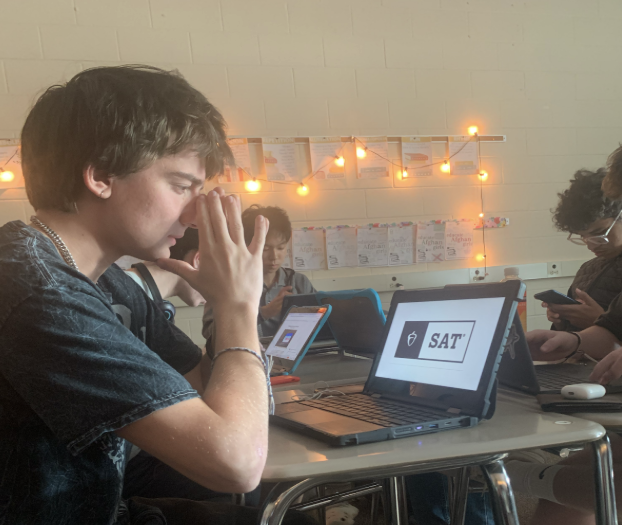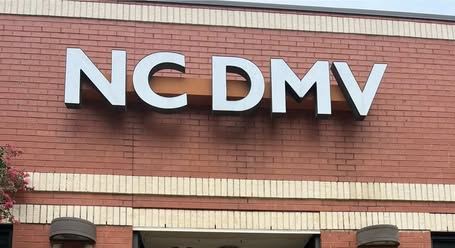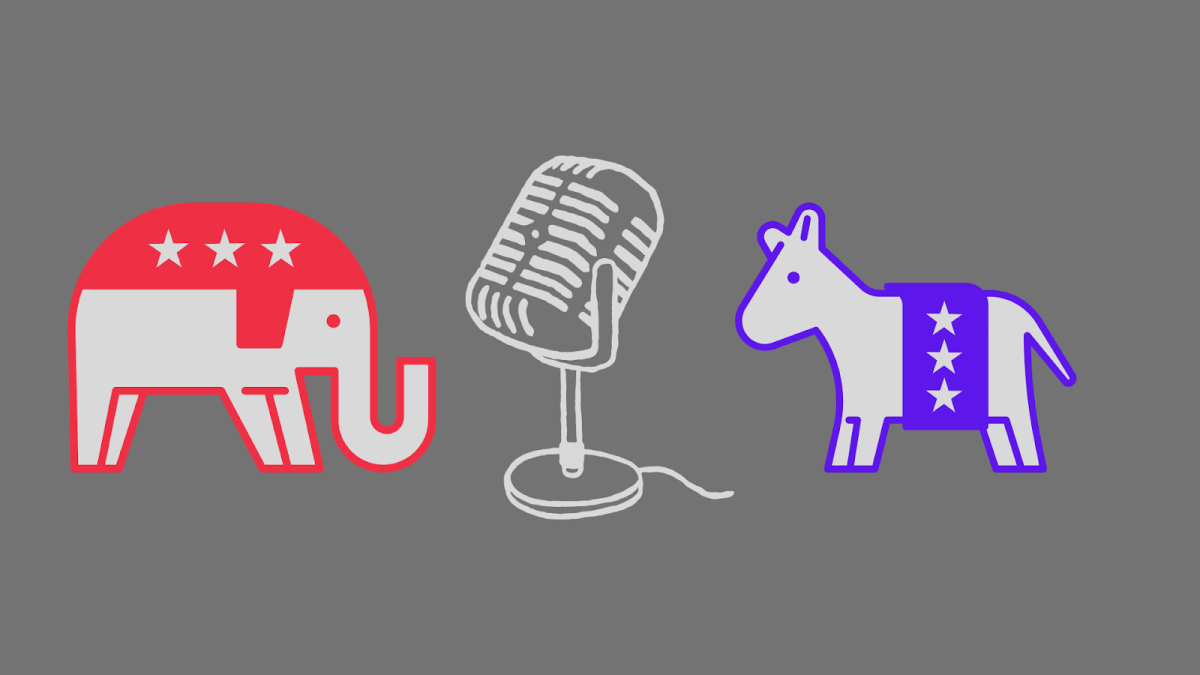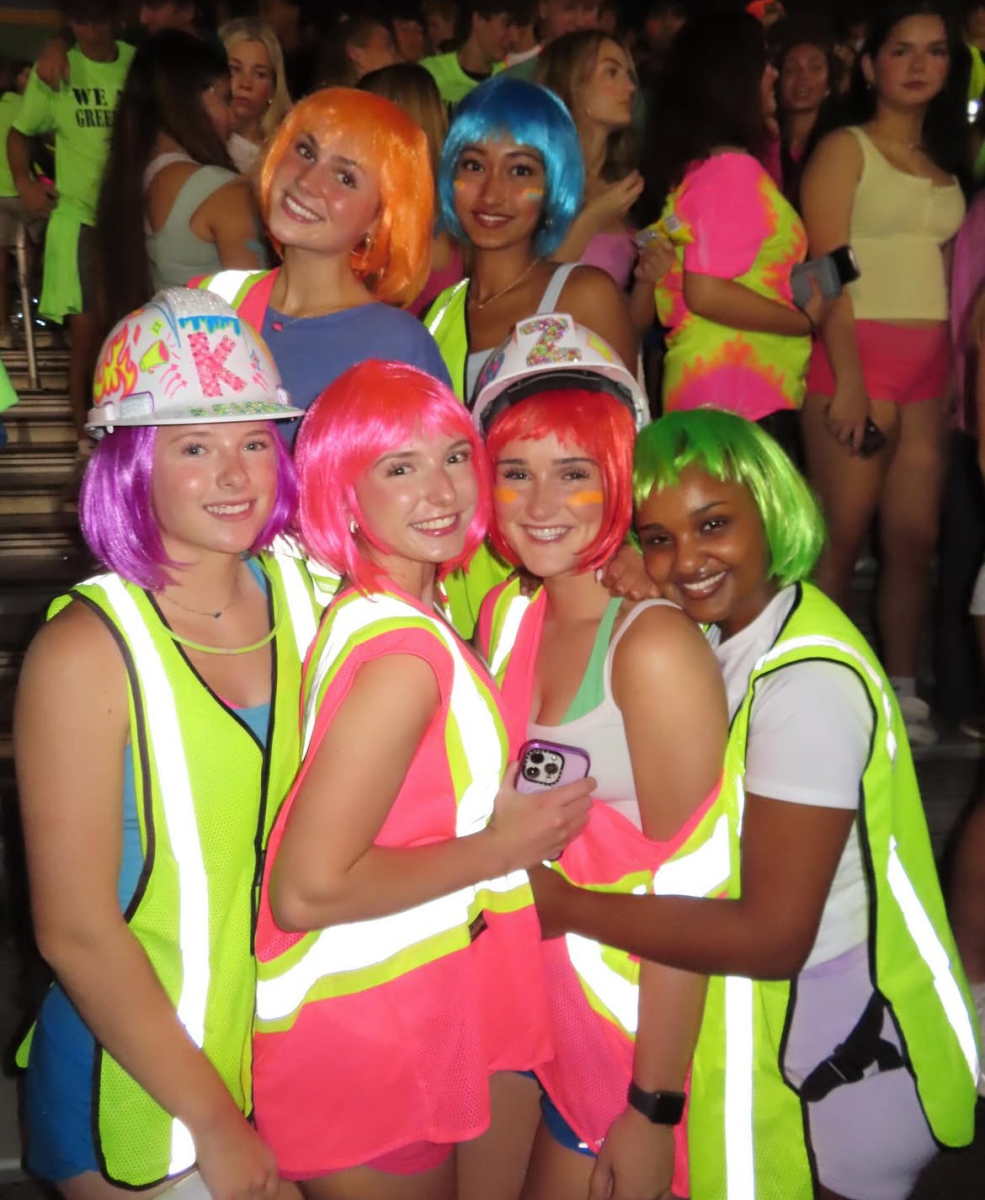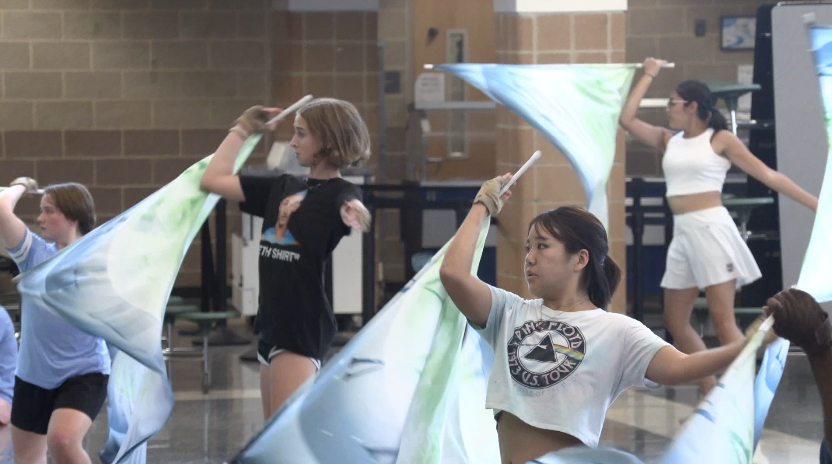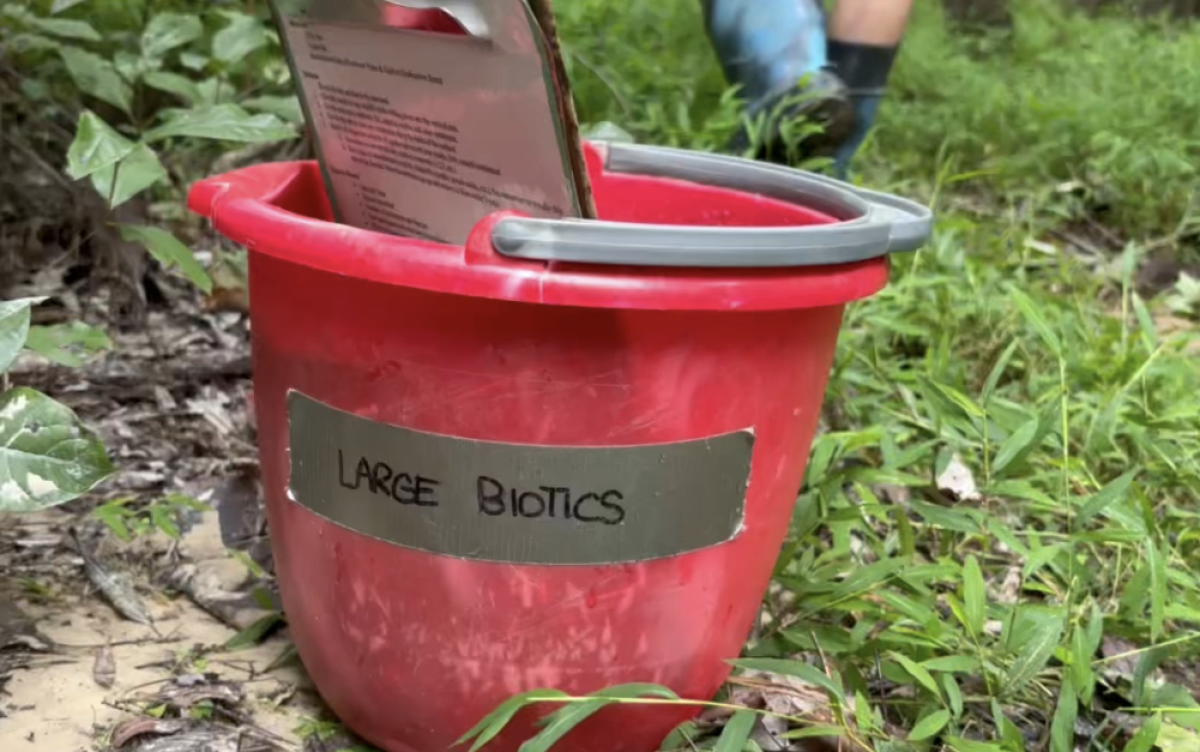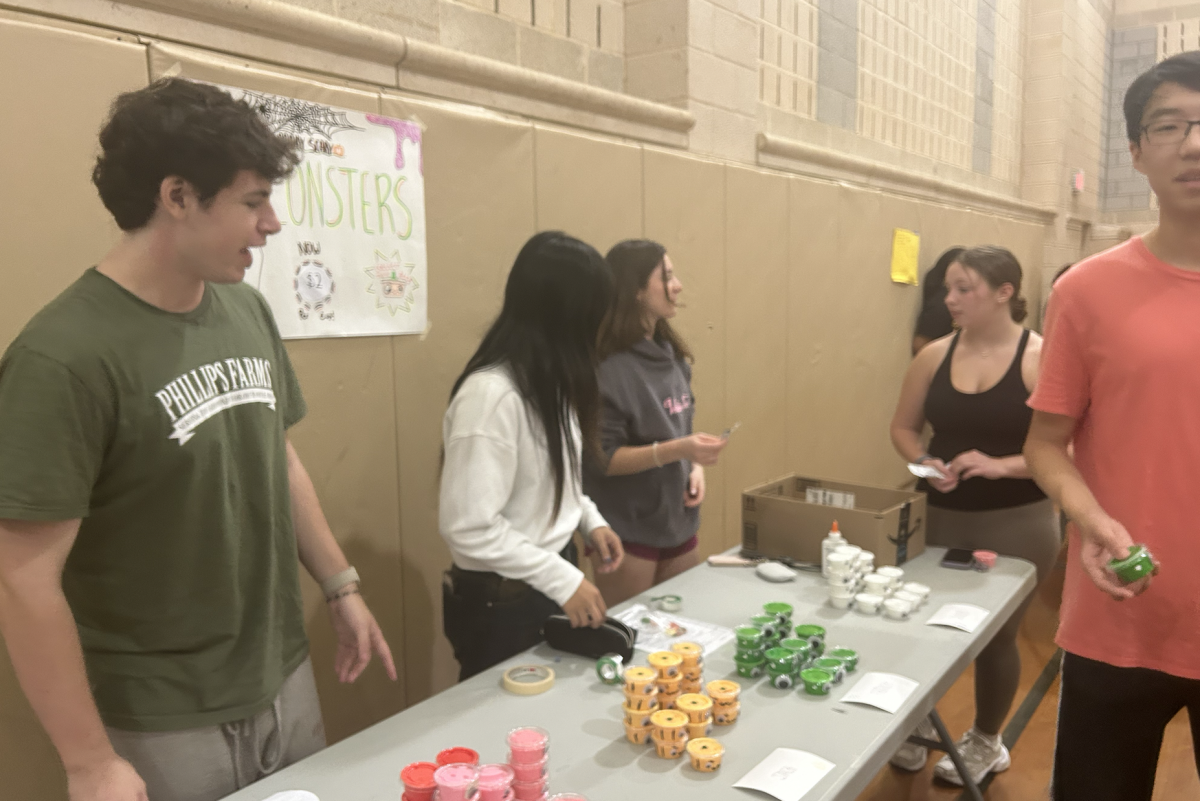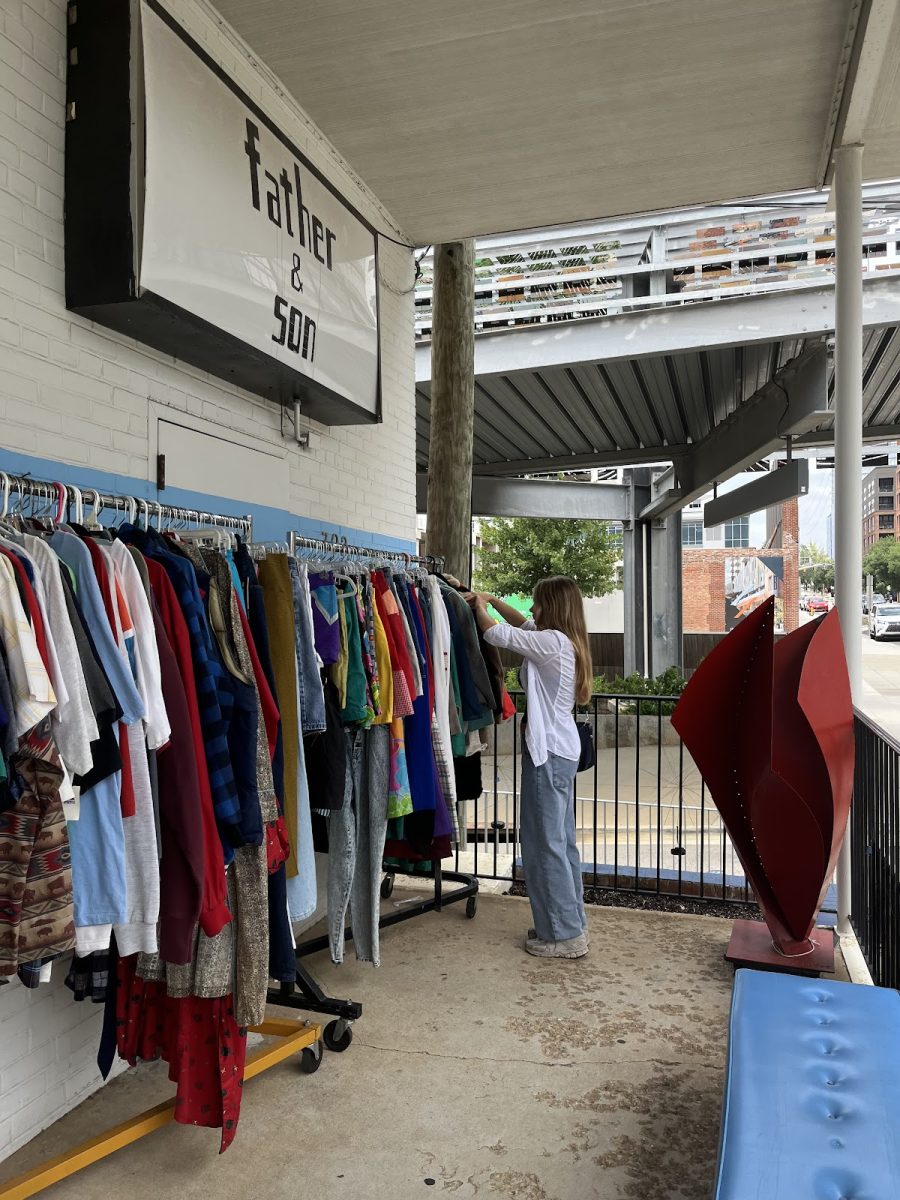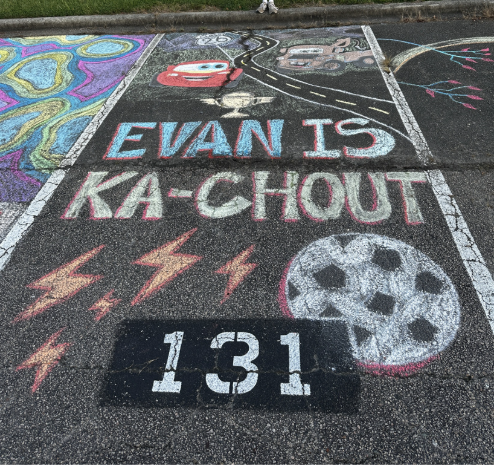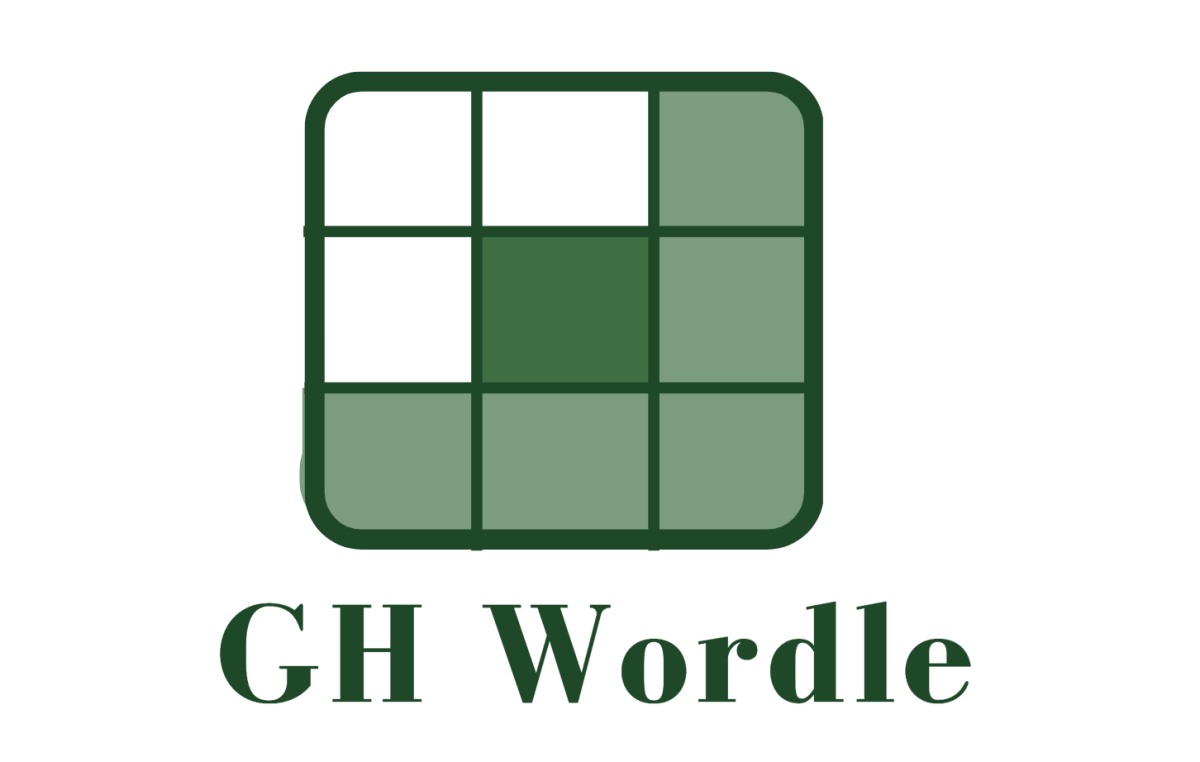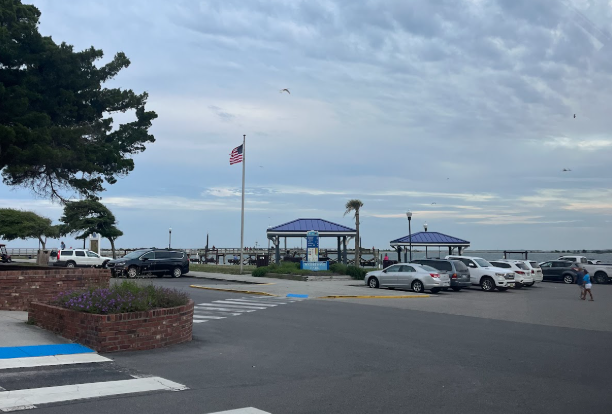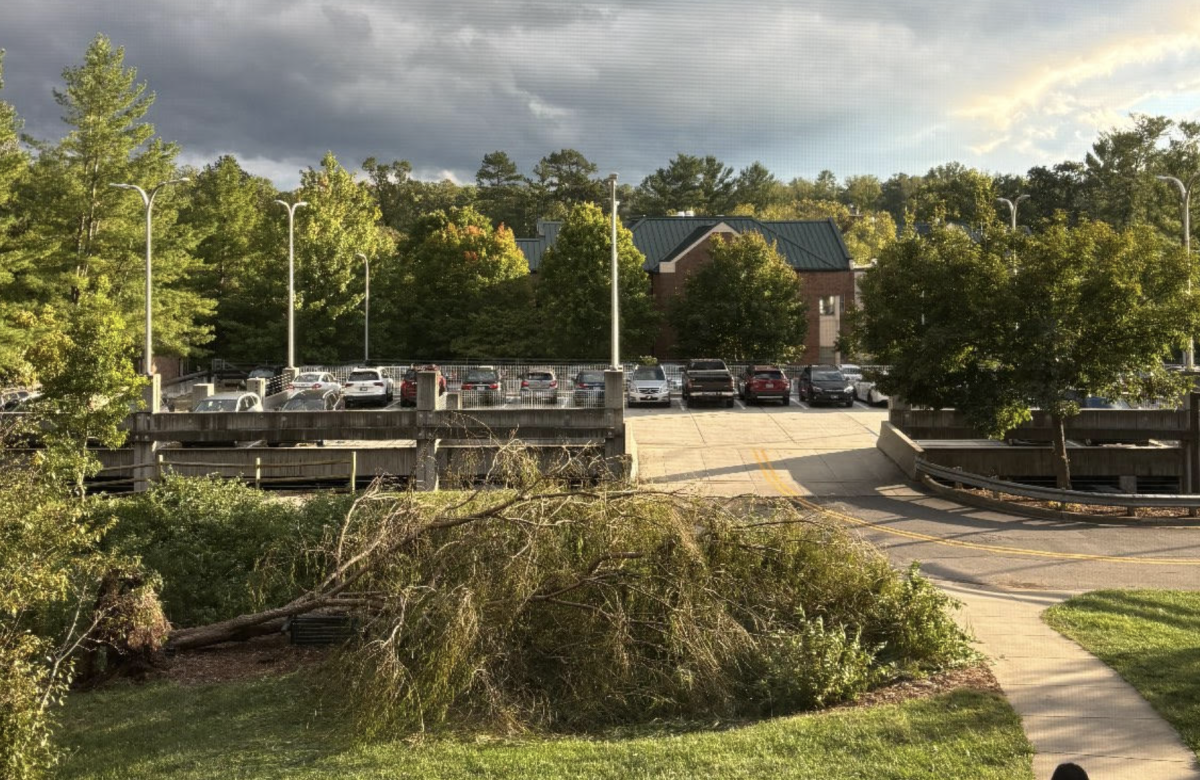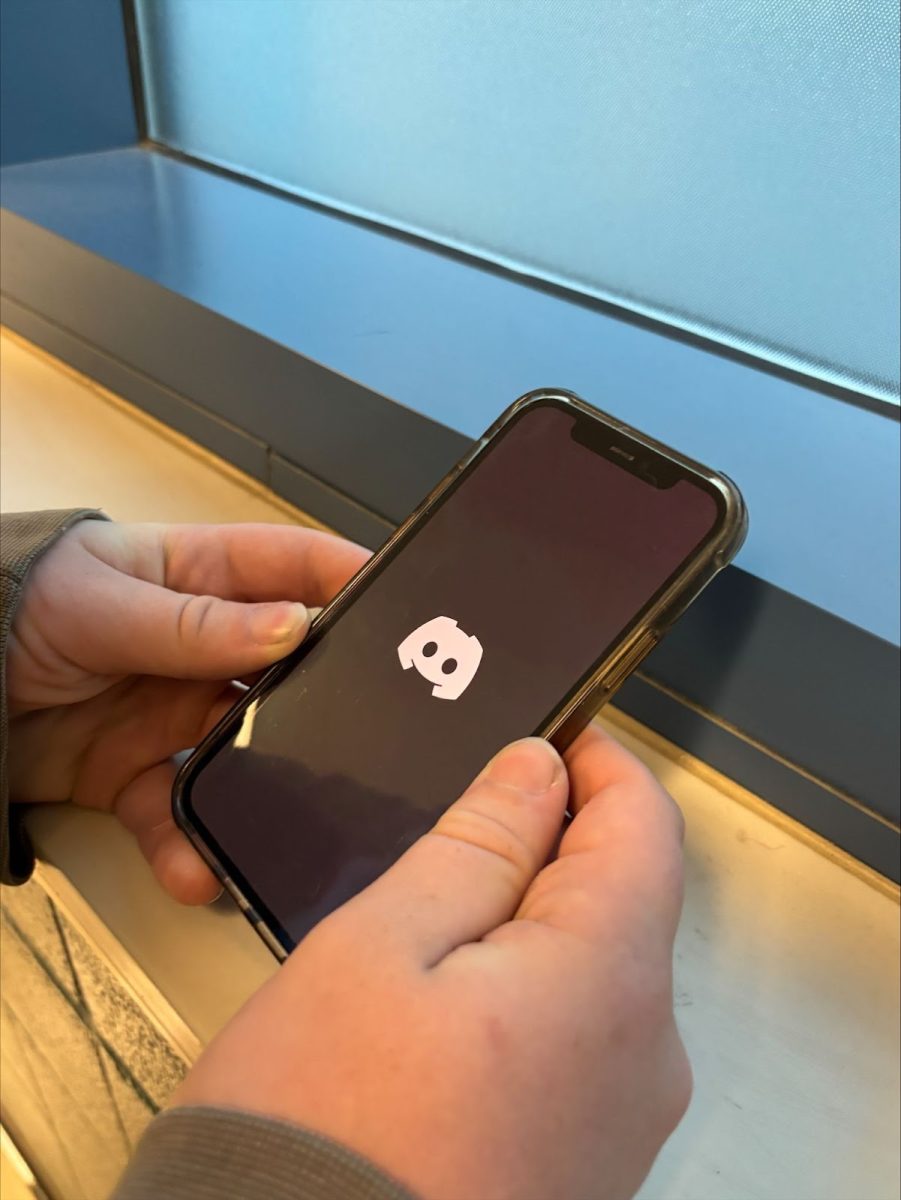“[The] Triangle region currently boasts a population of two million, [and] projections indicate a staggering 50% increase over the next 20 years,” states the Research Triangle Park website. North Carolina’s Research Triangle Park (RTP), or simply “the Triangle,” is home to Raleigh, Durham and Chapel Hill. It is also one of the fastest growing areas for the technology industry, as well as the medical field. With an increase in production in areas such as Pharma, Tech and Security as well as expansion of housing and the job market, more and more people have been moving to the area. While growth is inherently a good thing, issues have arisen in regards to infrastructure and the area’s ability to handle the increase of people. Another issue some residents have brought up has been the lack of culture, with some going as far as claiming that the more the triangle grows, the more boring it gets.
To fully understand the growth that the RTP is seeing today, it is necessary to go all the way back to its beginning. In the 1950’s North Carolina’s main industries – agriculture, textiles and tobacco – came together after realizing their production was slowing. Many college and high school graduates had begun to leave the state in search of better jobs, leading to less workers, which was causing a decline in production. The industry leaders knew their companies were in danger and that they needed to find a solution to the employment crisis.
They realized they all had proximity to the three major colleges in North Carolina: Duke University in Durham, North Carolina State University in Raleigh and University of North Carolina at Chapel Hill. Business leaders from all three industries began to look at an area right in the middle of all three institutions. It was the perfect distance from all the surrounding cities, giving them access to multiple communities of people, so the barren land was bought and was officially named the Research Triangle Park (RTP). Originally, only a few industries and companies were located in the RTP: Chemstrand, IBM, the National Institute of Environmental Health Sciences (NIEHS) and the Environmental Protection Agency (EPA). The population of the area was also relatively small, housing only 148,224 people.
After decades of the RTP focusing on North Carolina’s original industries, the state realized the world was starting to shift in a different direction: technology. This meant that the RTP area had to make the shift to technology-focused industries. However, the area still didn’t house many businesses, so people were hesitant to make the move. Those who were interested in the area tended to only stay for short periods. The lack of long-term guests prompted the creation of Hub RTP – a 100-acre downtown district made to bring people together to work, shop, dine and drink. The development of this downtown district started in 2015 in hopes to accommodate the 101,406 people in the RTP, as well as the 768,627 people living in the surrounding three cities.
Since the creation of Hub RTP ten years ago, the area has continued to grow rapidly. Julia Sawchak, a real estate agent in the triangle said, “It’s hard to point to the most important point of growth because the entire area is transforming so rapidly. While Cary and Morrisville have become so much more urban and connected, there are brand new pockets and towns that were previously farm land.” For example, she explained how the population of Wendell has doubled since 2020, likely as a result of the Wendell Falls community.
Many residents attribute the dramatic influx of people to loss of business and farmland. “More recently, the Covid-19 pandemic popularized remote work, allowing more employees the flexibility to relocate,” said Sawchak.
With more people moving to the RTP area, the surrounding cities are having to make sacrifices to handle the increase of residents. Community staples are now being torn down and pushed aside to make way for apartments and neighborhoods. Agriculture, which was an original industry the RTP was made for, is being put on the back burner to support the amount of people who are relocating. Over the years, RTP and surrounding cities have expanded roads, housing and schools all without actually changing the infrastructure still in place from the 1950’s.
While growth is bringing in more revenue for the cities and big corporations, it is putting a strain on an already crumbling infrastructure. Simply put, North Carolina’s Triangle cannot handle the amount of people moving there – at least for now. “We need to better utilize and invest in public transit. A major perk for relocators is the relatively light traffic in this area. By investing in more efficient and less expensive transit options, we can retain the high quality of living in the area and continue to grow responsibly,” noted Sawchak.
In many cities, having a larger mix of people creates a diverse culture. There is the North End in Boston, Lincoln Park in Chicago, Manhattan in NYC and Hollywood in LA. However, some argue that RTP is actually losing its culture, despite the population boom. They cite the loss of music venues in Raleigh and the replacement of historic sites with office buildings as evidence of this lack of diversity. However, what many fail to realize is the culture is not being lost, but is instead changing. “The Triangle is a city of suburbs – the name itself indicates the variety of towns and cities that make up the metropolitan area. Although we’re experiencing rapid growth, there is truly an opportunity for everyone,” says Sawchak.
In fact, the North Carolina Arts Council granted counties all across the state with thousands of dollars for different arts programs, as well as purchasing an arts education building this year. $12,579,813 was the grand total awarded to counties across the state, with much of this being funneled into the RTP area. This is for everything from the Raleigh Little Theatre to the Carolina Ballet Company. The truth is, the arts are being funded, and culture is being lifted up as a priority. The triangle isn’t losing culture, it’s culture is shifting. Sawchak described how she’s observed a rise in diversity over the years. “My family is Russian and there were very few Eastern European families here when I was growing up in the 90’s and early 2000’s. When I go to Downtown Cary Park [today], I enjoy hearing people speaking dozens of languages from Arabic to Russian to Spanish.” She also mentioned how the Triangle has restaurants serving a variety of cuisines, another example of the cultural diversity in the area.
All in all, there is exponential growth, but there is also a shift. While the Triangle focus shifts to maintaining infrastructure, growth is a natural part of any state at one point or another, and how people choose to handle the growth is the bigger question.

